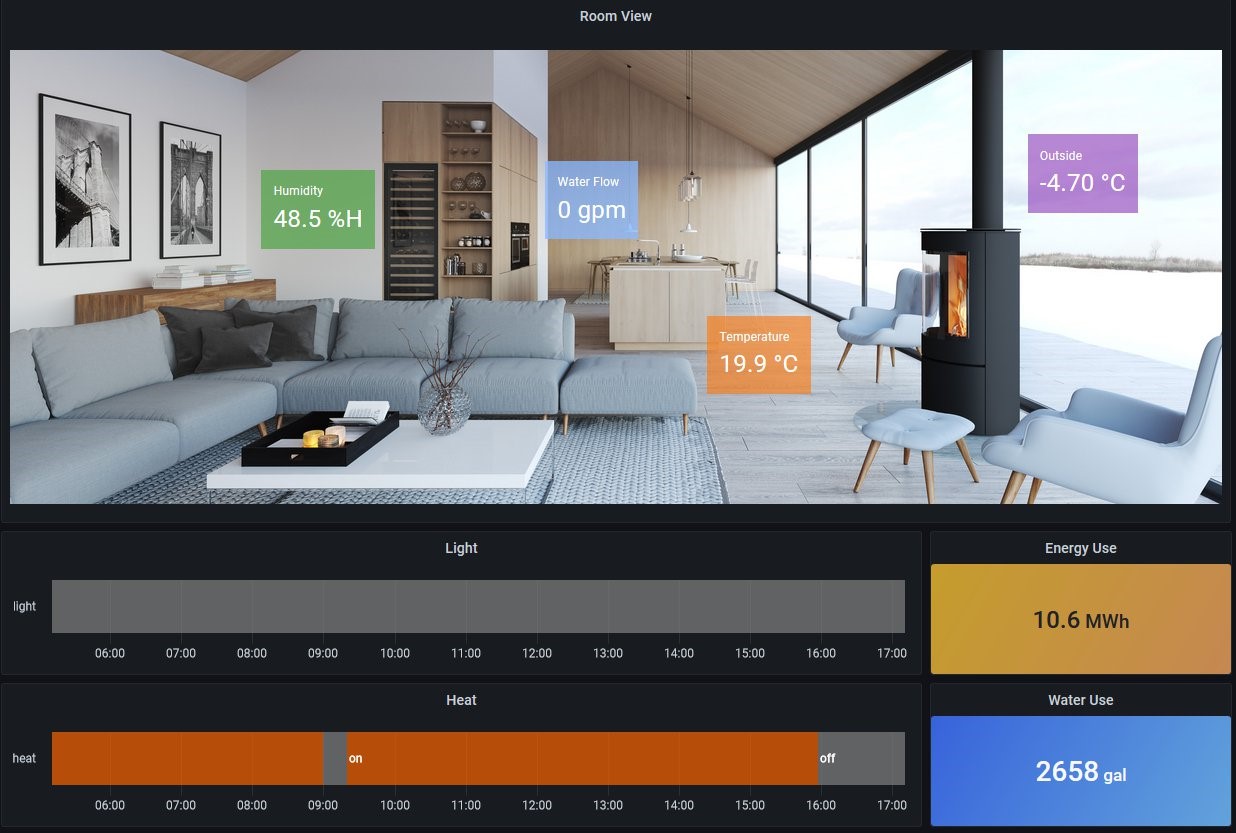AWS Architecture Blog
Category: Compute
Classifying Millions of Amazon items with Machine Learning, Part I: Event Driven Architecture
As part of AWS Professional Services, we work with customers across different industries to understand their needs and supplement their teams with specialized skills and experience. Some of our customers are internal teams from the Amazon retail organization who request our help with their initiatives. One of these teams, the Global Environmental Affairs team, identifies […]
Catch Important Moments in Sports with 5G and AWS Wavelength
To enhance the viewing experience for spectators, fans, and players, the sports industry is continuously evaluating ways to lower video latency. With 5G, networks can now provide high-density radio (air) interfaces with high bandwidth and reliability. This new technology especially benefits sports broadcasting and player tracking and analytics, which need to be processed at the […]
Automating Your Home with Grafana and Siemens Controllers
Imagine that you have access to a digital twin of your house that allows you to remotely monitor and control different devices inside your home. Forgot to turn off the heater or air conditioning? Didn’t close water faucets? Wondering how long your kids have been watching TV? Wouldn’t it be nice to have all the […]
Expiring Amazon S3 Objects Based on Last Accessed Date to Decrease Costs
Organizations are using Amazon Simple Storage Service (S3) for building their data lakes, websites, mobile applications, and enterprise applications. As the number of objects within your S3 bucket increases, you may want to move older objects into lower-cost tiers of Amazon S3. In some cases you may want to delete the objects altogether to further […]
Insights for CTOs: Part 1 – Building and Operating Cloud Applications
In my role as a Senior Solutions Architect, I have spoken to chief technology officers (CTOs) and executive leadership of large enterprises like big banks, software as a service (SaaS) businesses, mid-sized enterprises, and startups. In this series, I share insights gained from various CTOs and engineering leaders during their cloud adoption journeys at their […]
Benefits of Modernizing On-premises Analytics with an AWS Lake House
Organizational analytics systems have shifted from running in the background of IT systems to being critical to an organization’s health. Analytics systems help businesses make better decisions, but they tend to be complex and are often not agile enough to scale quickly. To help with this, customers upgrade their traditional on-premises online analytic processing (OLAP) […]
Build a Virtual Waiting Room with Amazon DynamoDB and AWS Lambda at SeatGeek
As retail sales, products, and customers continue to expand online, we’ve seen a trend towards releasing products in limited quantities to larger audiences. Demand of these products can be high, due to limited production capacity, venue capacity limits, or product exclusivity. Providers can then experience spikes in transaction volume, especially when multiple event sales occur […]
Manage your Digital Microscopy Data using OMERO on AWS
The Open Microscopy Environment (OME) consortium develops open-source software and format standards for microscopy data. OME Remote Objects (OMERO) is an open source, image data management platform designed to support digital pathology and cellular biology studies. You can access, share, and work with various biological data. This can include histopathology, high content screening, electron microscopy, […]
Field Notes: Build Dynamic IVR Menus with Amazon Connect and AWS Lambda
This post was co-written by Marius Cealera, Senior Partner Solutions Architect at AWS, and Zdenko Estok, Cloud Architect and DevOps Engineer at Accenture. Modern interactive voice response (IVR) systems help customers find answers to their questions through a series of menus, usually relying on the customer to filter and select the right options. Adding more […]
Data Caching Across Microservices in a Serverless Architecture
Organizations are re-architecting their traditional monolithic applications to incorporate microservices. This helps them gain agility and scalability and accelerate time-to-market for new features. Each microservice performs a single function. However, a microservice might need to retrieve and process data from multiple disparate sources. These can include data stores, legacy systems, or other shared services deployed […]









